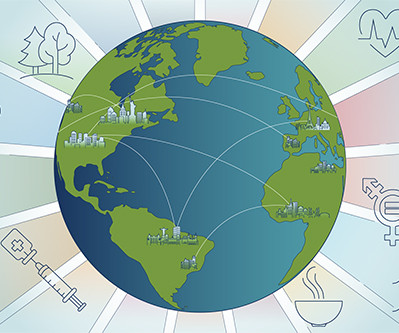America’s Broken Safety Net—and How to Address It: An Interview with Alissa Quart
NonProfit Quarterly
MARCH 15, 2023
Earlier this year, I had to chance to talk with Quart about her new book, her description of contemporary US social policy as having created a “dystopian social safety net,” and her thoughts about how to build a US society that is centered on mutual caring and economic justice. EHRP is part of the dystopian social safety net.











Let's personalize your content